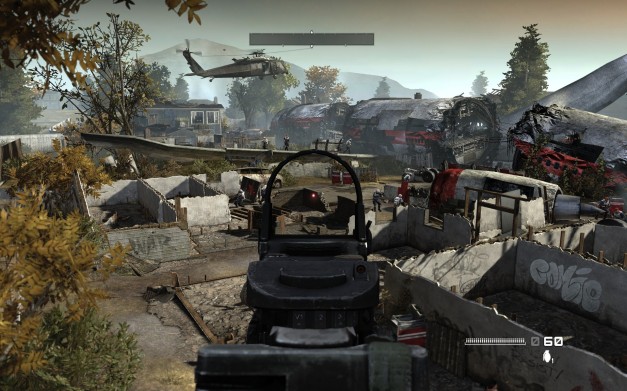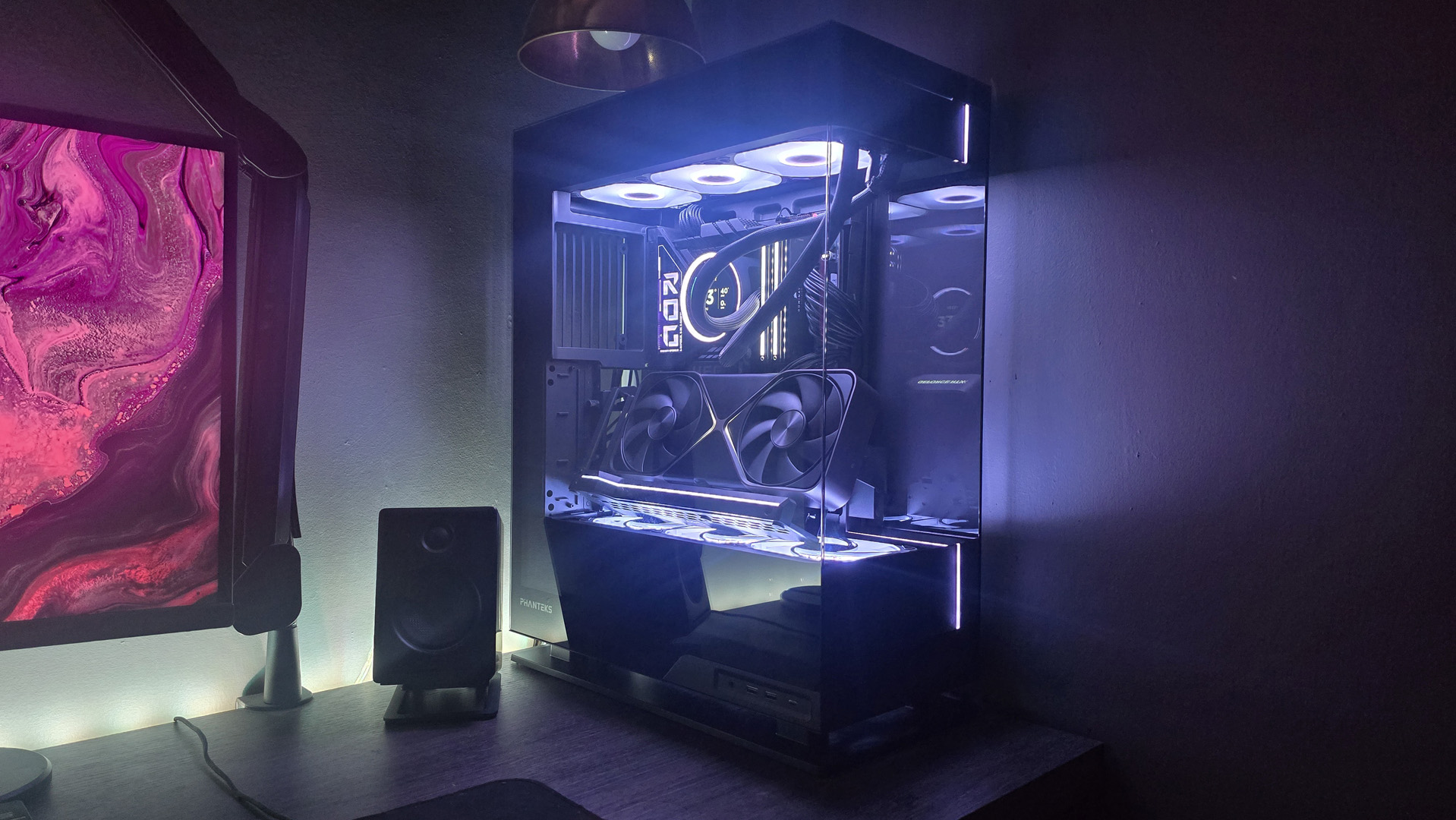Our Verdict
Homefront never quite captures the feel of guerilla warfare, but its multiplayer mode is a warzone worth fighting in.
PC Gamer's got your back
The best parts of the 1984 movie Red Dawn are when a band of small-town Colorado teenagers launch a series of guerilla attacks against occupying Soviet forces. The scrappiness of their insurgency is exhilarating to watch—it's chilling to see high school students hardened in battle against overwhelming odds. Homefront, with a story written by Red Dawn's director John Milius, makes every effort to recreate that feeling by putting us up against another hypothetical conqueror of America: a unified Korea. It nails the atmosphere, but plays it too safe—Homefront is too busy trying to be Call of Duty to make you feel like a wide-eyed Lea Thompson mowing down Soviet soldiers with a heavy machine gun.
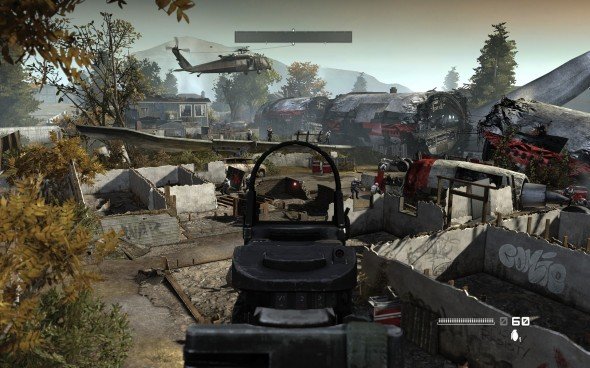
Shock and awe
That's not to say Homefront doesn't tell a good story. Leading into the five-hour appetizer campaign, the cutscene explanation of how the US was invaded is surprisingly believable, and its depiction of America after years of war and occupation is incredibly detailed. This is a tour of occupied America—you'll see everything from a hidden refugee community to a locked-down metropolis with $20-per-gallon gas signs, starving suburbs with bodies hanging from water towers and horrific labor camps set in repurposed high schools. Moments into the game, it's clear that Homefront's seven missions are an excuse to show off its well-realized fiction. That's what Homefront does right: it made me feel like what I saw was only a fraction of a fully imagined world.
Combat, though, doesn't match the intensity of the story. The action is a mix of sniping, assault, and defense, but it boils down to ho-hum whack-a-mole gameplay that never made me feel like an outgunned, underdog guerrilla. Ammo is plentiful and AI compatriots are invincible. The remote-controlled Goliath tank is fun to use, but only in that it's overpowered and quick to deliver explosions.

Warbucks
Homefront's enduring appeal is in its class-based multiplayer modes. It follows the trend of class-based team warfare and unlockable weaponry, but its remote-controlled drones and an in-match reward system, called Battle Points (which you spend to buy equipment and drones), give it a unique feel. The blend of fast showdowns and large, multi-tiered objective-based maps are appropriately chaotic, especially on a full 32-person server. The hefty feel and sound of the rifles makes headshots all the more satisfying, and the ability to pilot remote-controlled aerial rocket drones adds suspense, forcing me to look not just left and right before running between cover, but also up. I also like the way that the Battle Points system adds enough persistence to reward players having a good day without making them overpowered in the next match.
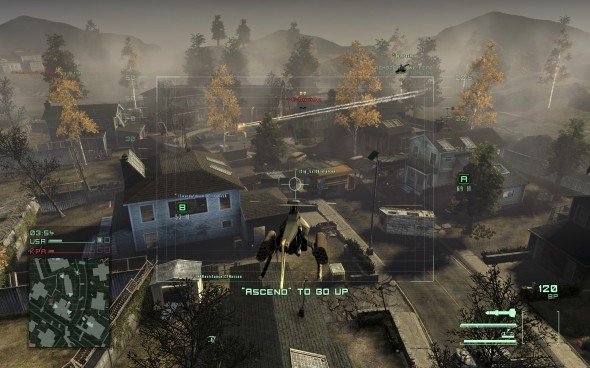
Though the multiplayer maps vary in size, I found that the smaller maps provided Homefront's fiercest firefights, especially once drones come into play. My favorite map is set in a suburban cul-de-sac, where I found refuge from the rain of rocket drone fire and assault choppers by sprinting into garages and ducking behind cars. Those nooks are also great places to deploy my own drones while remaining hidden.
I found myself really enjoying Homefront's multiplayer for its polished mechanics and chaos on the battlefield. It's too bad that same ferocity don't manifest in the single-player campaign.
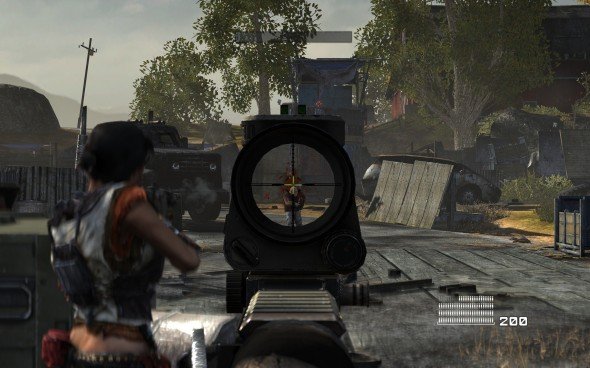
Homefront never quite captures the feel of guerilla warfare, but its multiplayer mode is a warzone worth fighting in.
